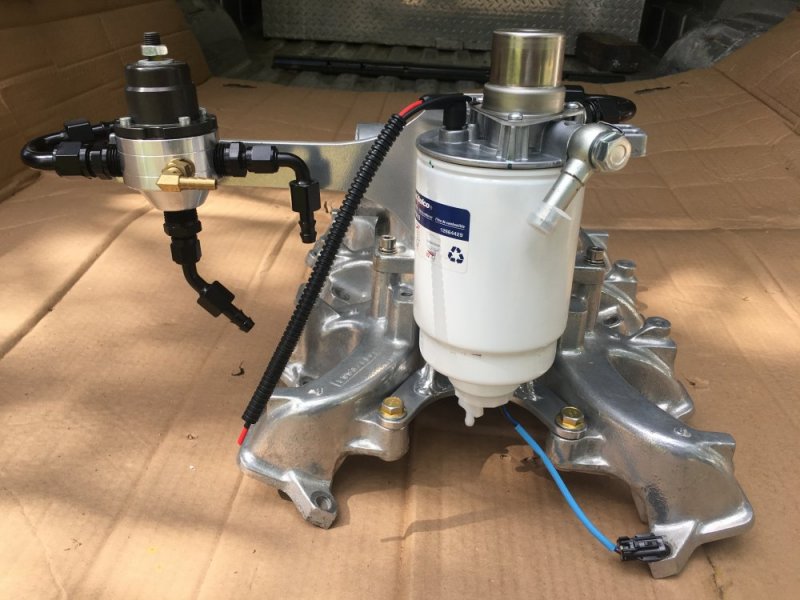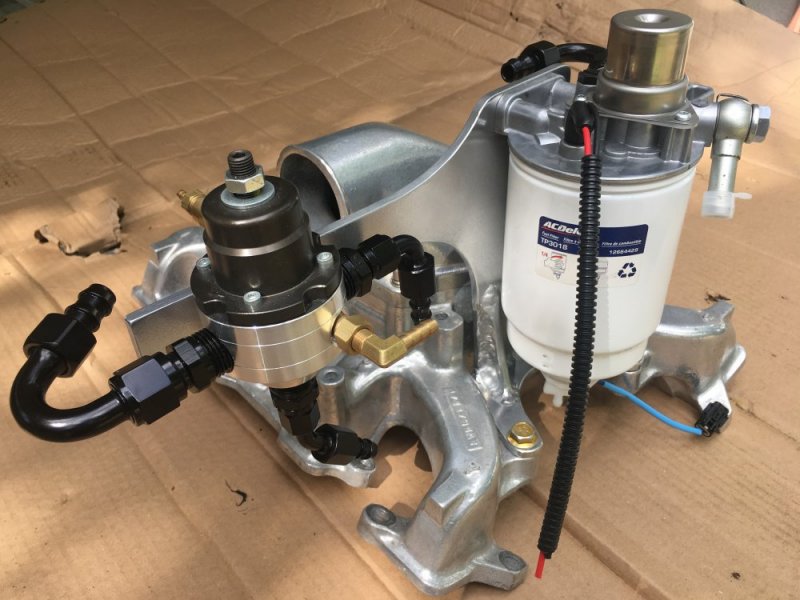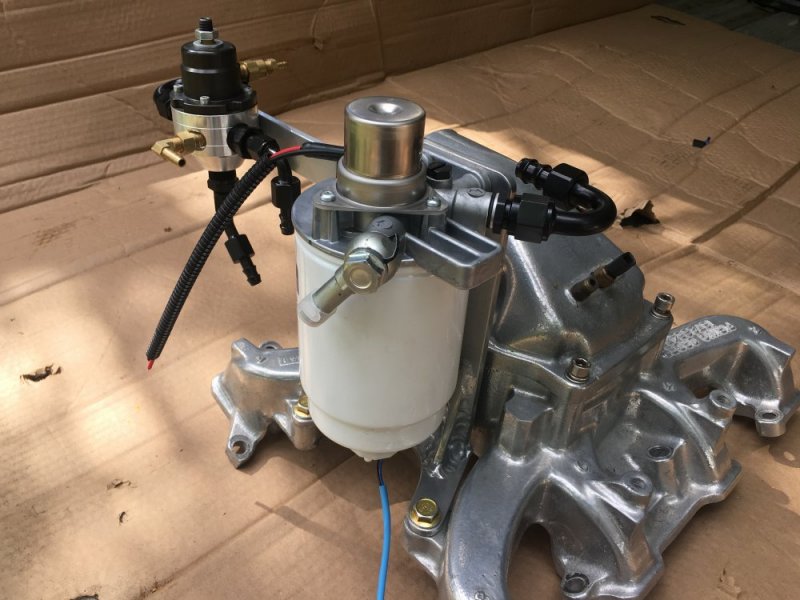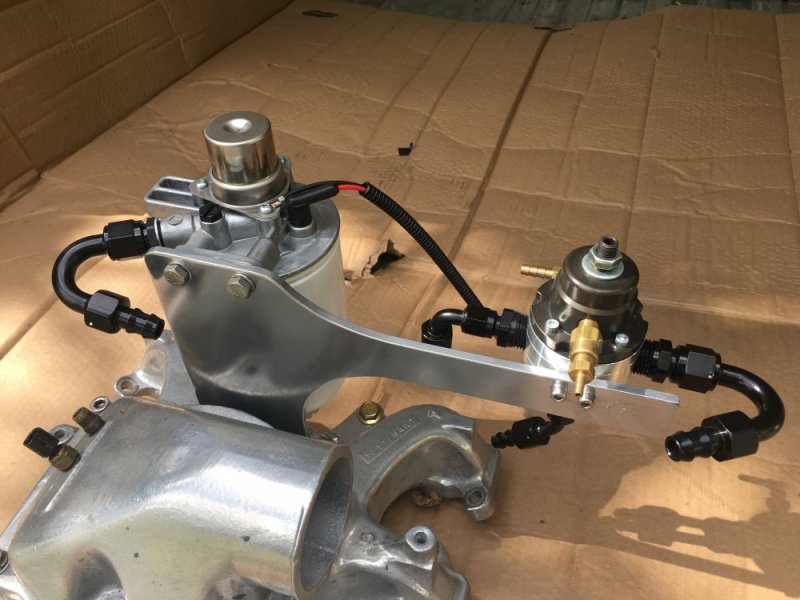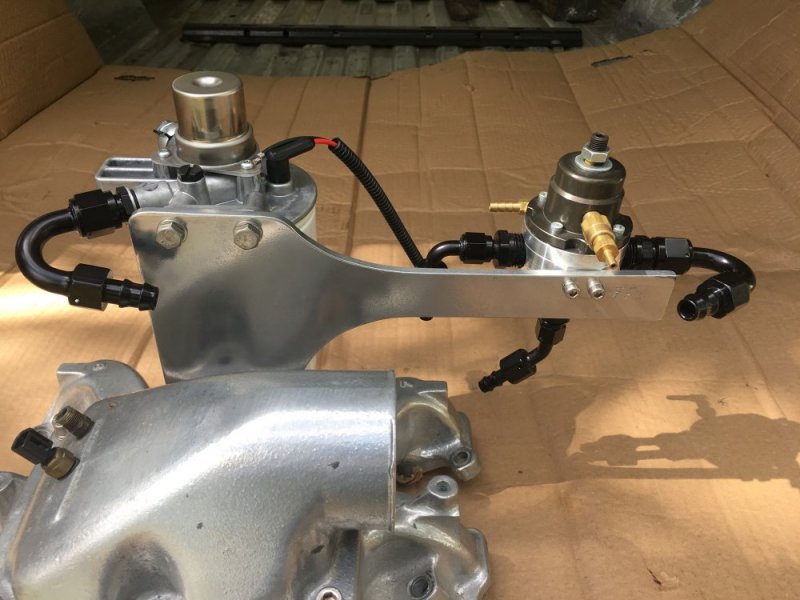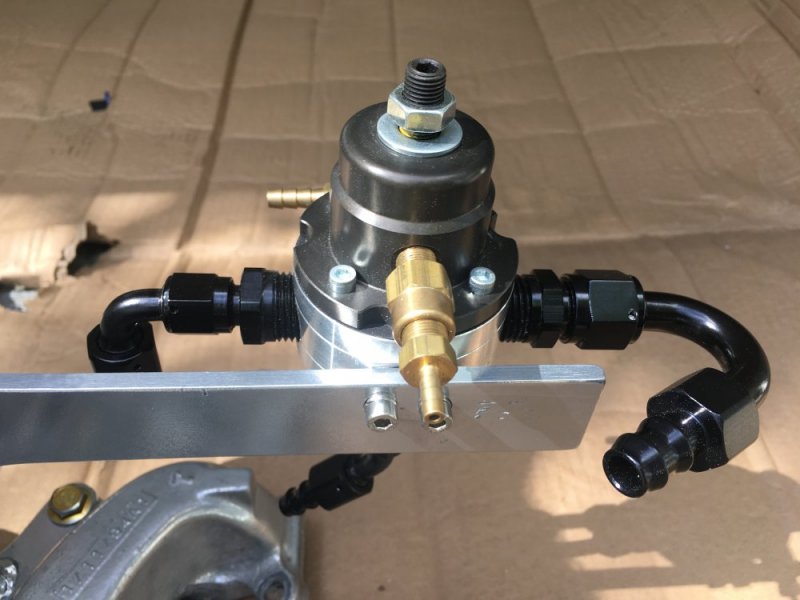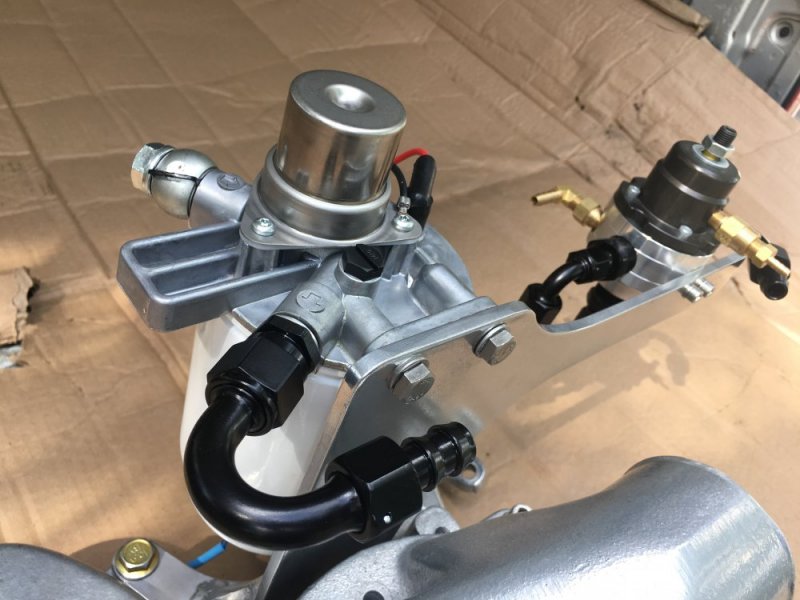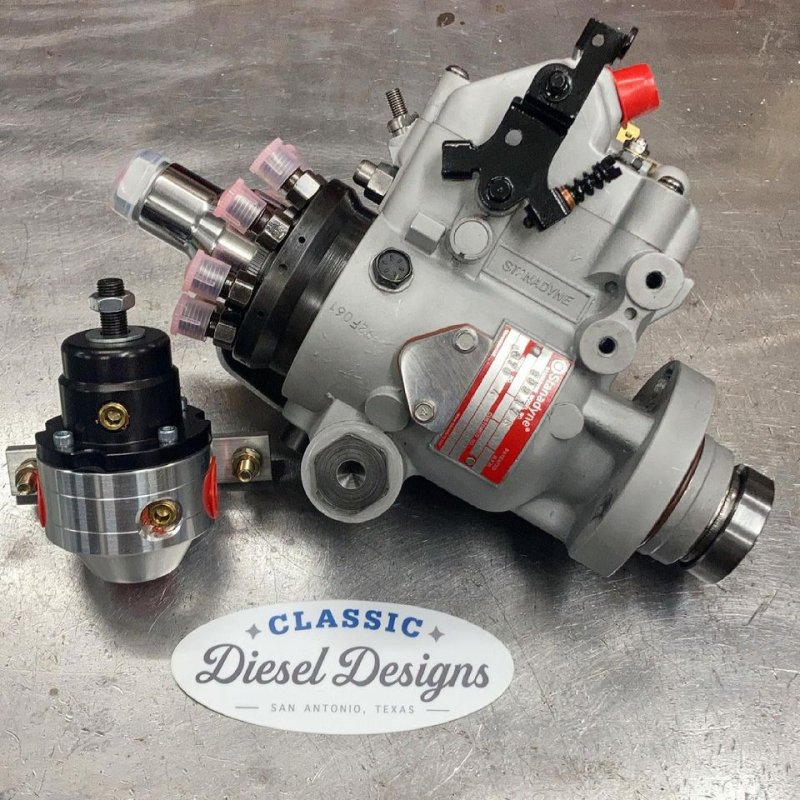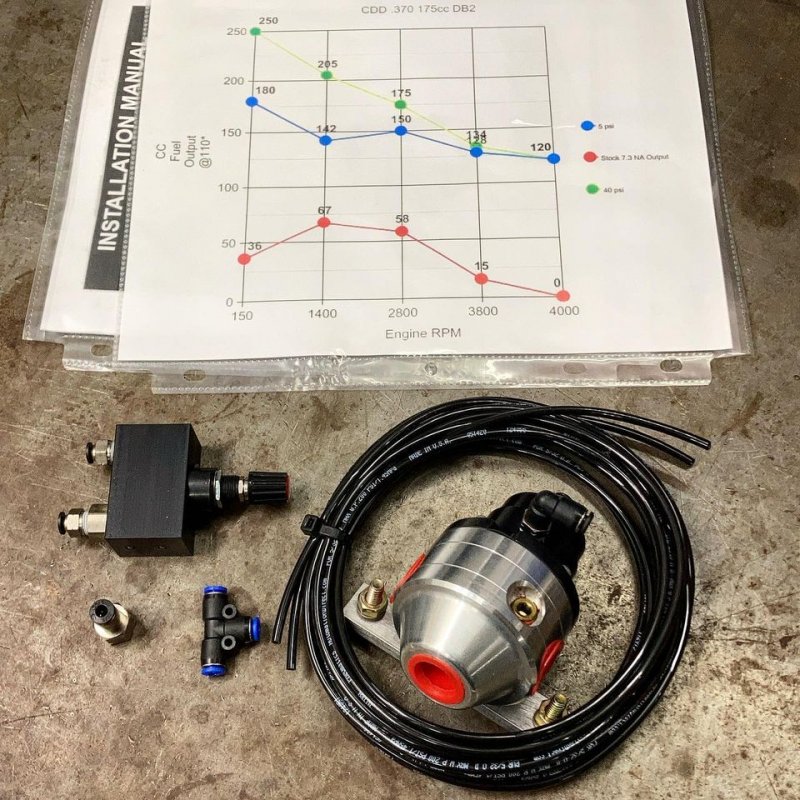FellowTraveler
Well-Known Member
IMO if it matters, moving the fuel supply from your main tank to a small surge say one (1) gallon tank is about the cheapest route because of the shorter line runs and easy adjusting of the line diameter.
Consider, at the track how much fuel do you actually use on a run? How about when passing another vehicle on the road? If perhaps you are worried about hills and mountains then a slightly larger tank is in order or go big and do the entire system using your existing tank.
I'll be building my surge tank up close to the engine bay for the Cummins w/it's P7100 IP which requires 5/8" ID feed to provide proper fueling at speed @ WOT. I'm also staying with the mechanical pump because FERM and other experts pointed out it's plenty for my build.
Many individuals are intimidated by AN fittings and lines however; once you get the hang of assembling your own you'll want to use them always.
Consider, at the track how much fuel do you actually use on a run? How about when passing another vehicle on the road? If perhaps you are worried about hills and mountains then a slightly larger tank is in order or go big and do the entire system using your existing tank.
I'll be building my surge tank up close to the engine bay for the Cummins w/it's P7100 IP which requires 5/8" ID feed to provide proper fueling at speed @ WOT. I'm also staying with the mechanical pump because FERM and other experts pointed out it's plenty for my build.
Many individuals are intimidated by AN fittings and lines however; once you get the hang of assembling your own you'll want to use them always.

